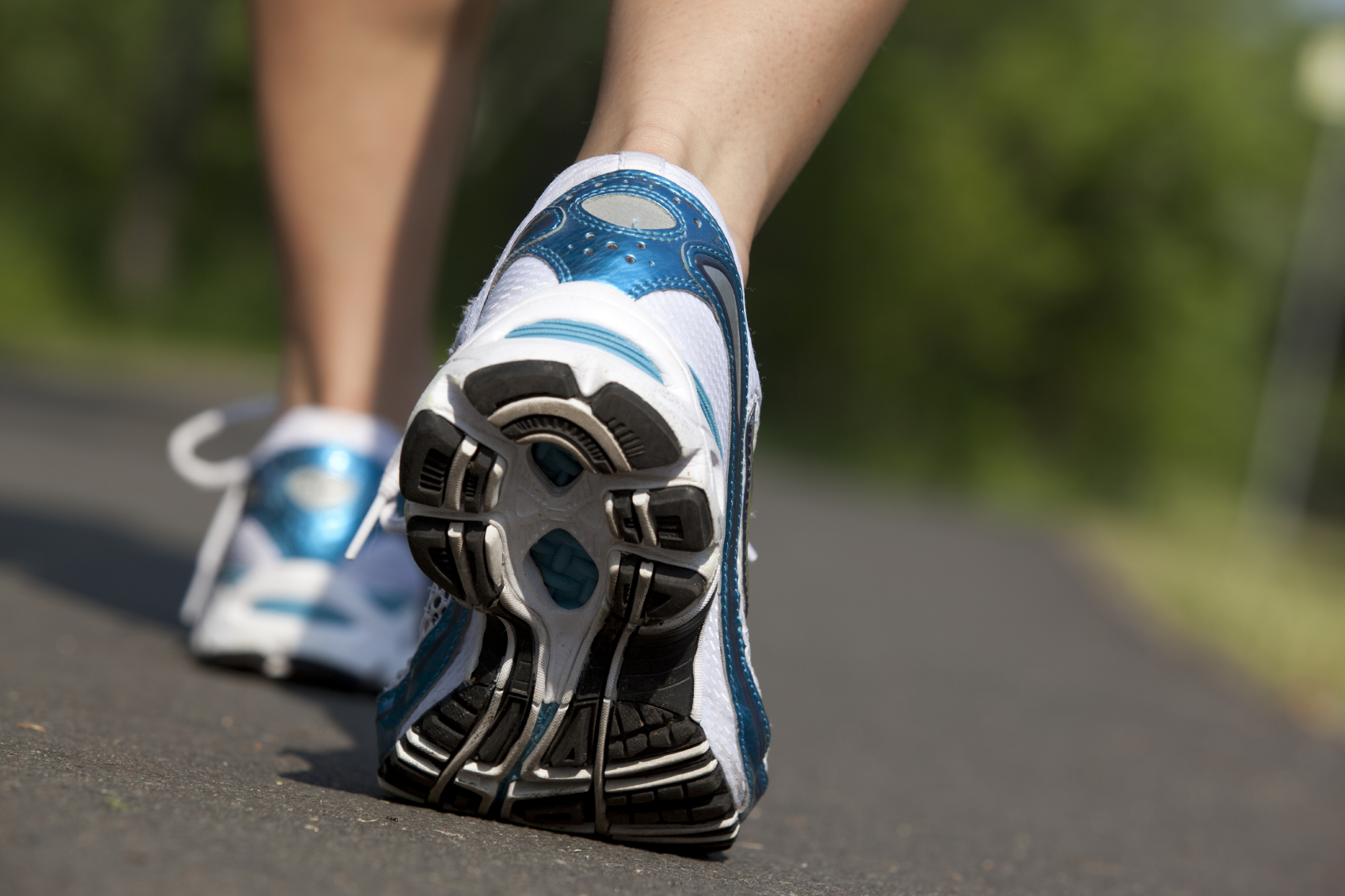
Summary of a talk given by Matt Neufield, BKin, CPed (C), Manager/Pedorthist, Kintec Footwear + Orthotics, given to the BADD Society at St. Paul’s Hospital on January 21.

When it comes to balance, the feet are the foundation for the body and therefore it is important to give them special attention.
There are three main types of pronation (inward roll of the foot while walking):
- Neutral pronation; Normal gait-feet roll in the optimal amount when walking.
- Over pronation; Flat feet — feet roll in too far and the arches collapses
- Under pronation; High-arched feet — feet don’t roll in at all.
Mechanics; Mechanics refers to the motion of the feet and legs during the course of walking. There are three mechanic phases:
- Contact — the leg is swung forward and the foot hits the ground on the outer corner of the heel.
- Mid-stance — the arch and foot collapse inward allowing the foot to absorb the shock and maintain balance.
- Propulsive — the foot pushes off to start the next step.
Problems Caused by Over Pronation
If you are flat-footed, your foot collapses inward too much (over pronates). A chain reaction happens — your knees also turn in too much, as do your hips. This puts your back out of alignment. Undue stress is put on your joints and muscles as they need to work harder to keep your body in alignment. Overuse injuries or undue fatigue are often the result. About 70% of the population over pronates to some degree.
Problems Caused by Under Pronation
If you are high-arched, your foot doesn’t collapse in at all (under pronates). Your foot is rigid, providing minimal absorption of the shock when it strikes the ground. This is hard on the other joints in your body as well as the muscles in your legs; they have to absorb too much of the shock. About 10% of the population under pronates.
Proprioception
Balance is maintained by controlling the centre of mass of the body relative to the base of support (feet). This is done though three components of the vestibular system:
- Vestibular (ears)
- Visual (eyes)
- Proprioceptive or Somatosensory (information from muscles, joints and skin).
Proprioceptors are nerve endings that send signals to the brain from muscles and the sense of touch. They relay information about position, motion, and equilibrium. The proprioceptors in the feet are a critical part of the balance system. Numerous nerve receptors give feedback to the brain based on the pressure exerted at various points of the body. This allows the body to automatically make appropriate movement patterns, including adjusting for balance. If proprioception is compromised, the ability to balance is reduced.
Tips for Buying Shoes
Choosing the right footwear to complement your foot type helps correct for abnormal pronation mechanics. Making a good choice goes a long way towards reducing pain and discomfort. Suitable shoes are especially important later in life. Buying shoes is not as simple as looking at a wall of shoes on display and asking to try your size in the pair that you think looks the most appealing. There are many more factors to consider when buying shoes. These include:
Correct fit — If you measure as a size eight, it doesn’t necessarily mean that you’ll be a size eight in every shoe.
Shoes are manufactured in all different lengths, widths, depths, and shapes. Each model is built different and therefore the size can vary.
Correct flex point — Feet bend the most at the balls of the feet; this is where shoes should flex when you bend them. It is also where the show begins to “rocker” (flex) to assist with propulsion.
Suitability for chosen activity — Don’t wear a dress shoe to take your dog for a walk, for example. Instead, choose a proper walking shoe. If you mainly walk your dog on hills or grass, consider a trail shoe with more tread and a better grip.
Snug fit — Shoes that are too loose or sloppy are a tripping hazard. Choose the appropriate closure (laces, Velcro or slip-on) to make sure your shoes are secure on your feet.
Be aware of shoes that are too soft — Soft shoes may feel really comfortable when you try them on in the store but your feet may be unstable in them. Shoes need to have the right amount of torsional stability (ability to withstand twisting) to suit your specific mechanical needs.
Orthotics (Shoe Inserts)
Depending on foot type and mechanics, you may benefit from orthotics. Orthotics can help improve efficiency of your mechanics and keep you in good alignment when you walk or run.
They can also help to distribute your body weight more evenly, which will reduce the ground reaction forces and maximize cushioning. All of these can help with balance.
Orthotics can be bought over the counter or custom made depending on the needs of your feet and the types of footwear you put them into.
Different orthotics may be required for different pairs of shoes. Shoe shave different shapes so an orthotic that corrects one pair of shoes may not be useful for another.
Key Points to Remember:
- Feet have three main types of pronation.
- Feet that are over or under pronated (flat or high-arched) put undue stress on bones and muscles, especially those in the back and lower body. Balance is also compromised.
- Proper footwear and orthotics can help reduce this stress as well as improve balance.
Article reprinted in its entirety from “The Balance Sheet” Vol. 16, No.2, Spring 2015.
Quarterly Newsletter of the BC Balance and Dizziness Disorders Society, Vancouver BC, Canada.
